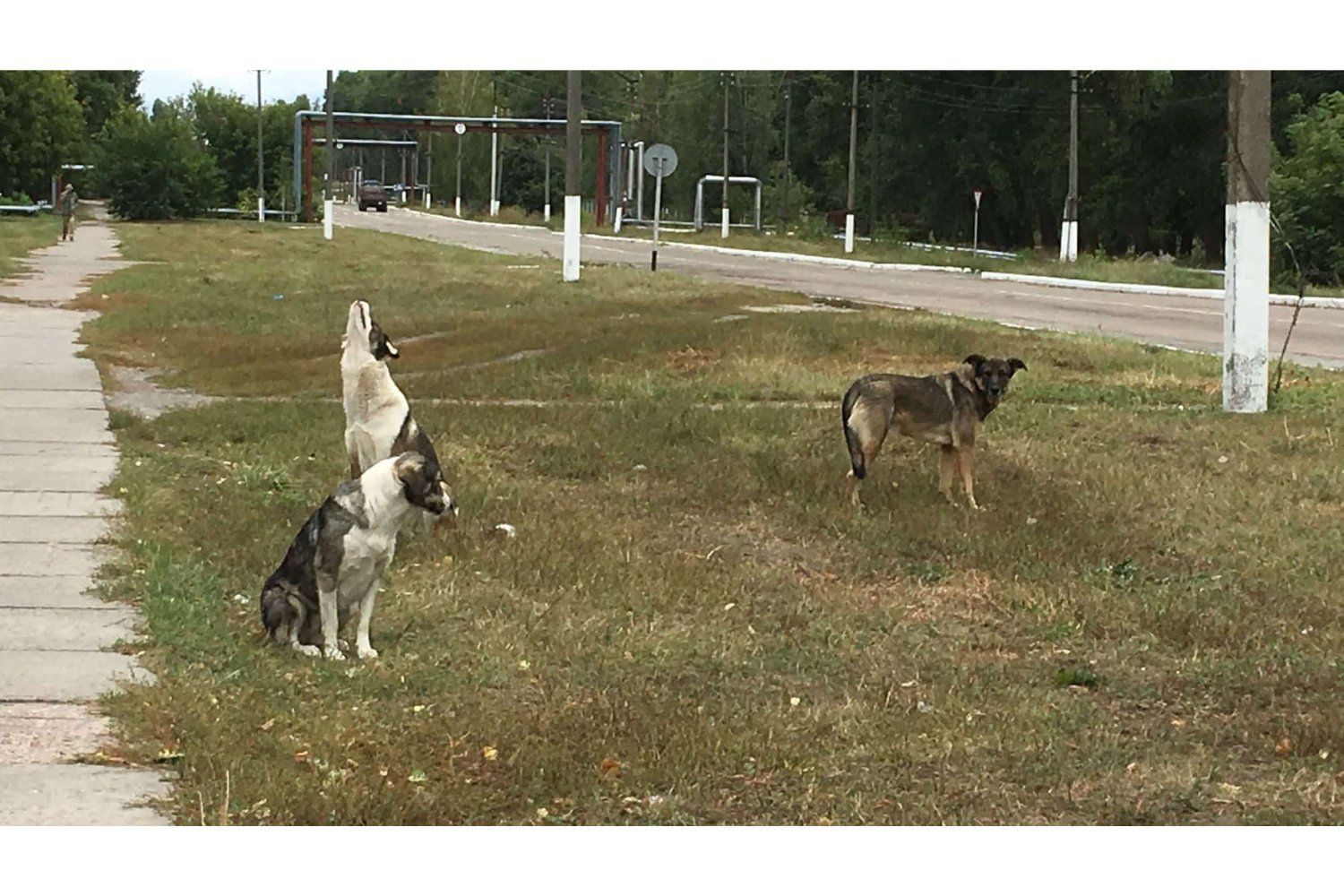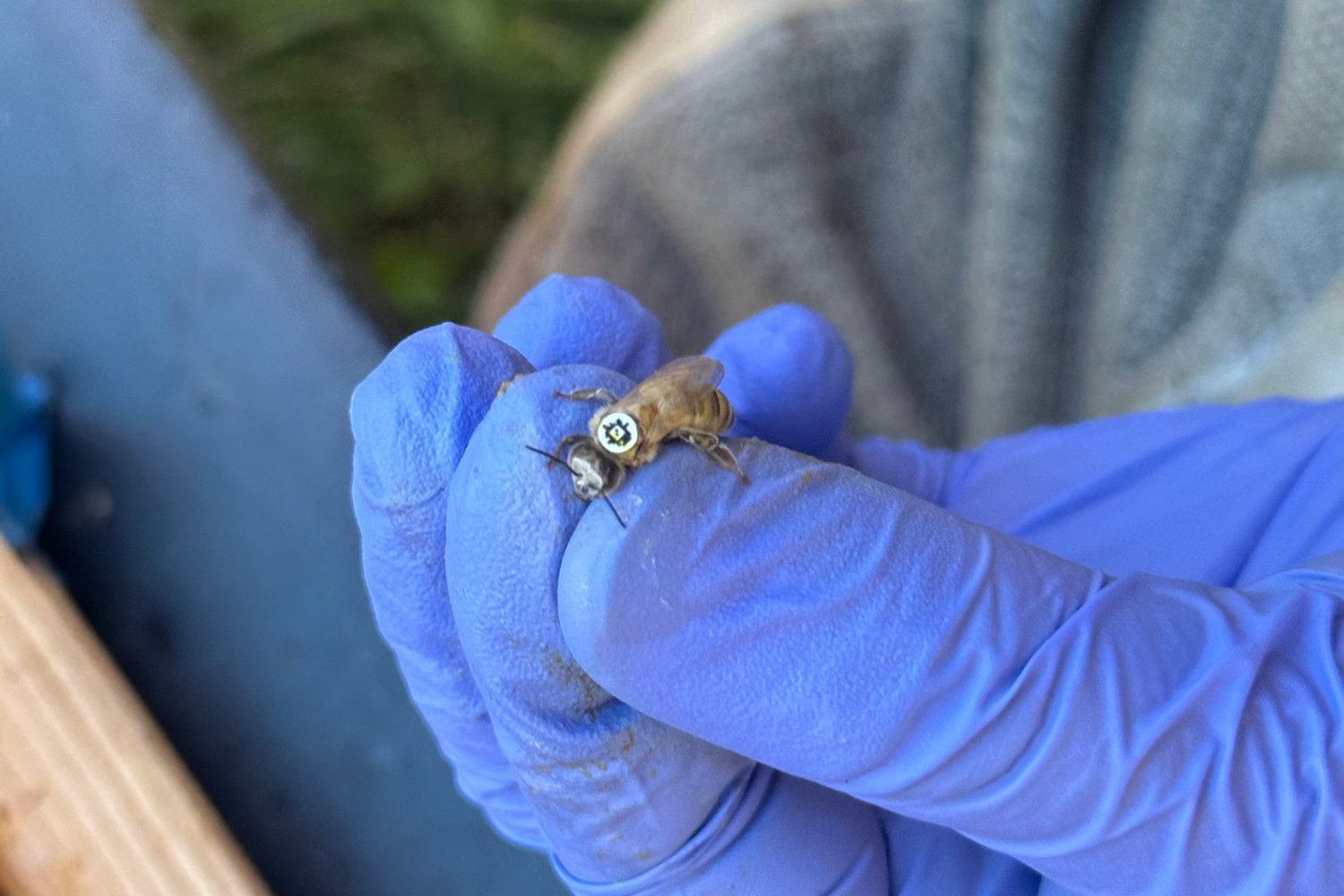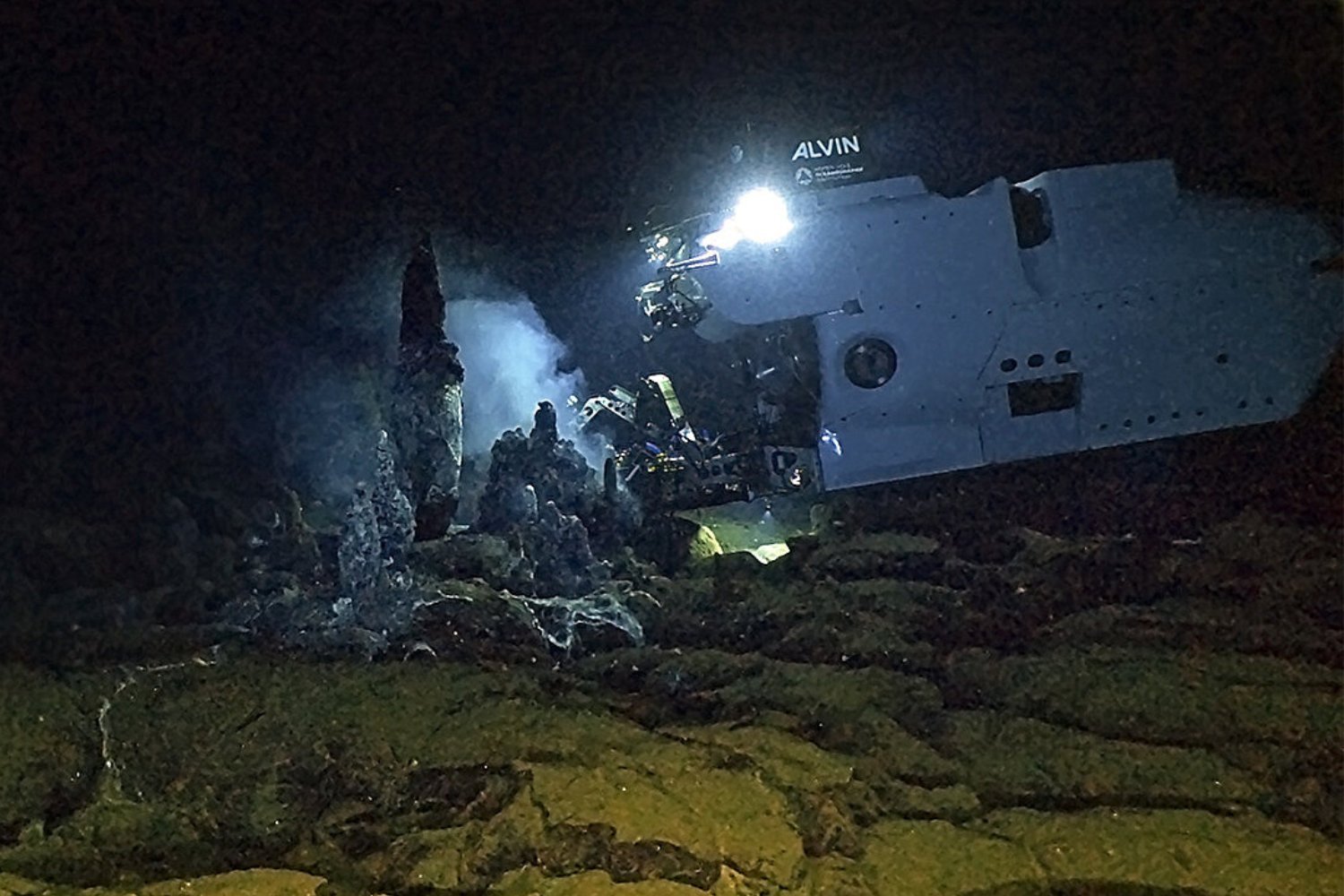The 1986 Chernobyl nuclear disaster released massive amounts of radioactive material into the environment. Nearly four decades later, stray dogs roaming near the Chernobyl Nuclear Power Plant exhibit genetic differences compared to dogs in the nearby city of Chernobyl. However, a recent study suggests these differences are likely not due to radiation-induced mutations.
Researchers from North Carolina State University and Columbia University Mailman School of Public Health investigated the genetic makeup of these canine populations. Their findings, published in PLOS One, shed light on the long-term effects of environmental contamination on nearby populations.
Genetic Distinction, Not Mutation
The research team focused on two distinct dog populations separated by only 10 miles. “We have been working with two dog populations that, while separated by just 16 kilometers, are genetically distinct,” explained Dr. Matthew Breen of NC State. “We are trying to determine if low-level exposure over many years to environmental toxins, such as radiation, could explain some of those differences.”
Previous genetic analyses had identified nearly 400 genomic regions differing between the two groups, some containing genes associated with DNA repair. The recent study confirmed the city dogs were genetically similar to dogs in surrounding regions like Russia and Poland, establishing them as a control group. Researchers then searched for abnormalities and mutations in the NPP dogs, such as inheritable germline DNA mutations. They analyzed genetic features from the chromosomal level down to smaller genetic details.
Evolutionary Pressure, Not Radiation
“Think of it like using the zoom function on your phone’s camera,” Dr. Breen elaborated. “We start with a wide view and then zoom in. Exposure to high doses of radiation can introduce instability from the chromosomal level down. While these dogs are 30 or more generations removed from the 1986 disaster, mutations would likely still be detectable if they conferred a survival advantage. But we didn’t find such evidence.”
The absence of radiation-induced mutations suggests other factors drove the genetic divergence. Evolutionary pressures caused by the disaster could have played a significant role.
Survival and Separation
“In human terms, this is like studying a population centuries removed from the disaster,” said Megan Dillon of NC State, the study’s lead author. “It’s possible the surviving dogs already possessed genetic traits that enhanced their survival. Perhaps there was extreme selective pressure initially, and the power plant dogs remained isolated from the city population.” Further research will explore this hypothesis.
Broader Implications for Environmental Health
The Chernobyl disaster involved more than just radiation. Dr. Evelyn Kleiman of Columbia University highlighted the release of other toxins, including heavy metals, lead, pesticides, and asbestos, during the cleanup. Studying the disaster’s impact on dog populations provides valuable insights into potential human health risks from future contamination crises.
The Importance of Continued Study
“The importance of continuing to study the environmental health aspects of large-scale disasters cannot be overemphasized,” Dr. Kleiman emphasized. “Given our increasingly technological and industrial societies, future disasters are inevitable. We need to understand the potential health risks and how best to protect people.” This research underscores the need for ongoing investigation into the long-term consequences of environmental disasters.











